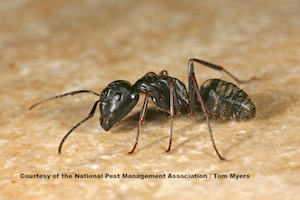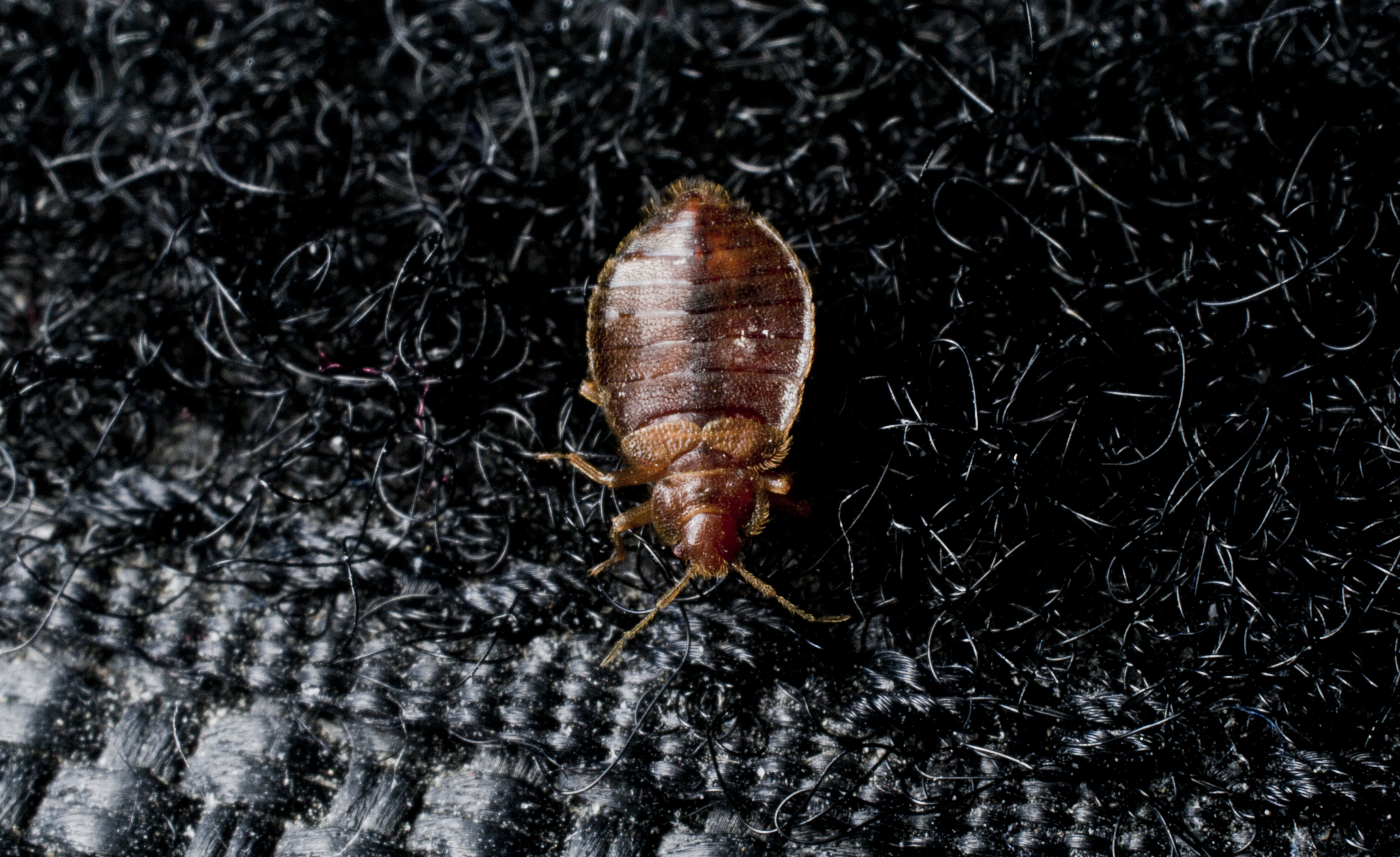Tick-borne Diseases on the Rise as Americans Spend More Time Outdoors
The National Pest Management Association shares top tick species to be on the lookout for this summer
FAIRFAX, VA (July 16, 2020) – With more Americans expected to hit local trails and parks amid the COVID-19 pandemic than years past, experts at the National Pest Management Association (NPMA) are cautioning trailblazers to keep alert for ticks. According to recent data published by the Centers for Disease Control and Prevention (CDC), cases of tick-borne diseases have steadily increased over the last few years. To make matters worse, symptoms of some tick-borne diseases are also similar to those of COVID-19, making it crucial for outdoor enthusiasts to take proper precautions to protect against tick bites and the dangerous diseases that can result.
"With an active pandemic gripping the globe, it’s even more important to know the signs and symptoms of Lyme disease to ensure it is treated promptly, as it presents with many similar symptoms to that of COVID-19, such as muscle aches, headaches and fever. The major discernible difference is that Lyme disease usually also presents with a red, bulls-eye rash,” said Jorge Parada, M.D., M.P.H., F.A.C.P., F.I.D.S.A., F.S.H.E.A, medical advisor for the National Pest Management Association. “Unfortunately, a significant minority of Lyme cases do not have the hallmark rash, increasing the risk of missed diagnosis. In addition, flu-like symptoms can also present in cases of other dangerous and sometimes fatal tick-borne diseases such as Rocky Mountain spotted fever, babesiosis and anaplasmosis, so be sure to monitor for these symptoms after spending time outdoors and seek medical attention immediately if you think you’ve been bitten.”
According to NPMA, here’s a rundown of the most common tick species found in the U.S. and what you should know about each one:
- Lone Star Tick: Found in the eastern and southeastern U.S., this tick gets its name from the single silvery-white spot located on the female's back. It attacks humans more frequently than any other tick species in those regions and is a vector of many dangerous diseases.
- Blacklegged (Deer) Tick: Named for its dark legs, blacklegged ticks are sometimes referred to as deer ticks because they prefer adult white-tailed deer as their host. Deer ticks are found primarily in the northeastern, mid-Atlantic, southeastern and northcentral U.S. and are well-known vectors of Lyme disease and anaplasmosis.
- Rocky Mountain Wood Tick: This tick is found primarily in the Rocky Mountain region of the U.S., such as Colorado, Idaho and Montana. It can transmit Rocky Mountain spotted fever, a potentially fatal disease, and turns gray after feeding on a host.
- American Dog Tick: Also known as the wood tick, this tick can be found throughout most of the U.S. and is identified by its brown body and white-gray markings. It prefers to feed on domestic dogs but will also feed on humans and is a vector of Rocky Mountain spotted fever.
Tick bites and the transmission of tick-borne diseases can be prevented by taking important steps to protect yourself and your loved ones. Wear long sleeves, pants, light-colored clothing and insect repellent with at least 20 percent DEET when heading outdoors. Stay in the center of trails, away from the vegetation where ticks tend to live, and be sure to check your body for ticks once you’ve returned home, remembering that ticks can be quite small when not engorged. If you notice one on your body, remove it immediately to lessen the chance of being exposed to potential disease transmission. This goes for both you and your animal companions. If you’ve been bitten, wash the bite site and monitor for symptoms. Call your health care provider immediately if you begin to feel ill or notice a rash developing.
For more information about ticks and the diseases they transmit, visit PestWorld.org.
###
About the National Pest Management Association
The NPMA, a non-profit organization with more than 5,500 members, was established in 1933 to support the pest management industry's commitment to the protection of public health, food and property from the diseases and dangers of pests. For more information, visit PestWorld.org or follow @PestWorld on Facebook, Twitter, Pinterest and YouTube.

Learn About Ants
Ants are a common pest homeowners struggle to eradicate. Learn more about them!

Bed Bug Pest Guide
Traveling this summer? Be sure to keep an eye out for bed bugs! Use our Pest Guide to help identify this pest.

NPMA's What Grows There? Project
Check out NPMA's What Grows There? project to learn how pests, such as flies, cockroaches and rodents, can spread germs throughout a home.

About the National Pest Management Association
The NPMA, a non-profit organization with more than 5,500 members, was established in 1933 to support the pest management industry's commitment to the protection of public health, food and property from the diseases and dangers of pests. For more information, visit PestWorld.org or follow @PestWorld on Facebook, X, Pinterest, TikTok and YouTube and @PestWorldOfficial on Instagram.

Learn About Ants
Ants are a common pest homeowners struggle to eradicate. Learn more about them!

Bed Bug Pest Guide
Traveling this summer? Be sure to keep an eye out for bed bugs! Use our Pest Guide to help identify this pest.

NPMA's What Grows There? Project
Check out NPMA's What Grows There? project to learn how pests, such as flies, cockroaches and rodents, can spread germs throughout a home.
